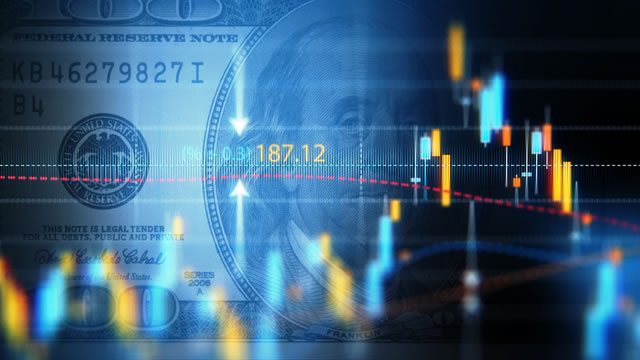Gold Analysis: Safe-Haven Demand Surges Amid New China Tariffs
The global gold market has experienced a significant surge in demand as investors seek refuge in the precious metal amidst the ongoing trade tensions between the US and China. The latest development in this saga is China’s decision to impose new tariffs on US imports, which has intensified concerns over the economic impact of the trade war.
Gold Prices Rise on Safe-Haven Demand
The price of gold has been on an upward trend since early August, with XAU/USD breaking above the $2,000 mark for the first time since September 2020. The precious metal has gained over 25% year-to-date, making it one of the best-performing assets in 2021. The surge in gold prices can be attributed to several factors, including:
- Safe-haven demand: Investors have been flocking to gold as a safe-haven asset due to the increased uncertainty surrounding the global economy. The ongoing trade tensions between the US and China, as well as the continued uncertainty surrounding the COVID-19 pandemic, have led to a surge in demand for gold.
- Weakness in the US dollar: The US dollar has weakened against major currencies in recent months, making gold cheaper for investors holding other currencies. This has increased the appeal of gold as an alternative investment.
- Inflation concerns: With global economies recovering from the COVID-19 pandemic, there are concerns over rising inflation. Gold is often seen as a hedge against inflation, making it an attractive investment for many.
Impact on Individual Investors
For individual investors, the surge in gold prices presents an opportunity to invest in the precious metal. Gold can be purchased through various channels such as physical gold, exchange-traded funds (ETFs), or futures contracts. However, it is important to note that investing in gold carries its own risks, including market volatility and the potential for loss of capital.
Impact on the World
The surge in gold prices is not just impacting individual investors but also the global economy. Here are some potential implications:
- Central banks: Central banks around the world have been purchasing gold in large quantities in recent years, with China and Russia being the largest buyers. The ongoing trade tensions between the US and China could lead to increased gold purchases by these countries as they seek to diversify their foreign exchange reserves.
- Mining companies: The surge in gold prices is leading to increased profits for mining companies. However, the high prices could also lead to increased production, which could eventually lead to a supply glut and a decline in prices.
- Emerging markets: Emerging markets, particularly those with large gold reserves, could benefit from the surge in gold prices. Countries such as South Africa, Russia, and Australia are major gold producers and could see increased exports and revenues.
Conclusion
The ongoing trade tensions between the US and China have led to a surge in safe-haven demand for gold, driving prices to new highs. The precious metal is often seen as a hedge against inflation and economic uncertainty, making it an attractive investment for many. However, investing in gold carries its own risks, and it is important to carefully consider the potential rewards and risks before making an investment.
The surge in gold prices is not just impacting individual investors but also the global economy. Central banks, mining companies, and emerging markets are all likely to be impacted by the ongoing trend. As the trade tensions between the US and China continue to unfold, it will be interesting to see how the gold market evolves.
Investors should keep a close eye on developments in the gold market and consider their investment strategy accordingly. It is important to stay informed and seek professional advice before making any investment decisions.





